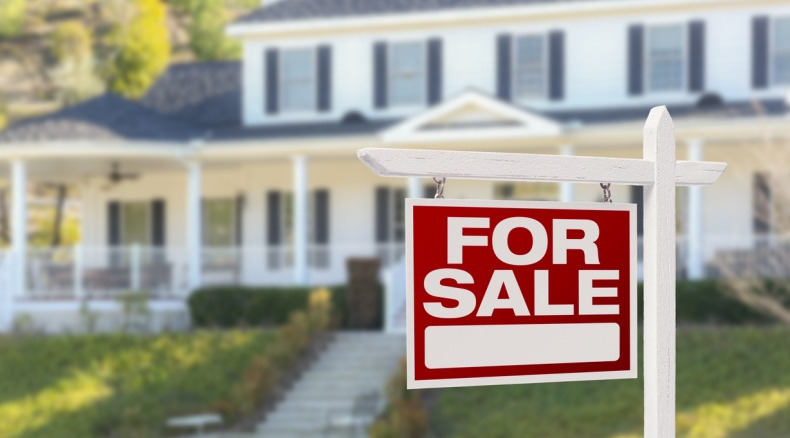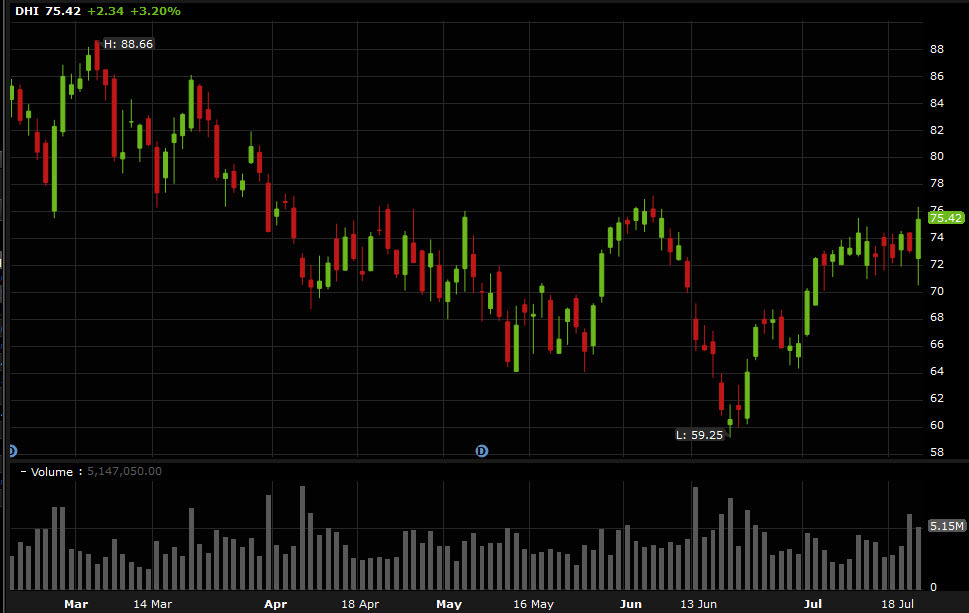
Generals always fight the last war.
That's why as US economic weakness creeps in, so many people are predicting another housing collapse. There's a long laundry list of why it won't happen starting with houshold balance sheets and lending practices but it seems like everywhere I turn, someone is saying prices are about to crash.
That doesn't mean that some frothy markets like Austin or Miami (or Boise) won't see some price depreciation as bidding wars end but it's still a market that comes down to supply and demand. The US hasn't been building nearly enough houses for a decade and millennials are at the peak home-buying time.
In any case, there's no need to take my word for it. The largest US home builder -- D.R. Horton -- lowered its sales forecast to 83,000 and 85,000 homes this year versus 88,000 and 90,000 previously so there's certainly a drag but it came with this commetnary from CEO and President David Auld:
There's still more housing formations, job creations than there are homes being built. And so I think we've talked about elongated cycles in the past. This pause disruption, could it get worse? Absolutely, it could.
But I've been doing this for a long time. And in a conversation with one of our regional [ presidents ] a couple of days ago, we were talking about the market. And he and I both have been doing this a long time. Both have been in sales models when selling homes was very difficult. And this is probably the second best market ever.
So I guess -- I understand that there's uncertainty out there. But when you have people that want to buy homes, I mean, we're going to adjust, we're going to figure out how to put those people in homes. That's what we do.
And -- so that's market by market, flag-by-flag, division-by-division, however you want to cut it up, we're going to build, sell, start. We're going to start, build, sella and close homes and create homeownership opportunities. That's what the mission of this company is. So that's what we're going to do.
Shares of the company are up 3.2% and 27% since rates peaked after the latest Fed decision. The bullish ouside day on the chart today looks promising as well.




